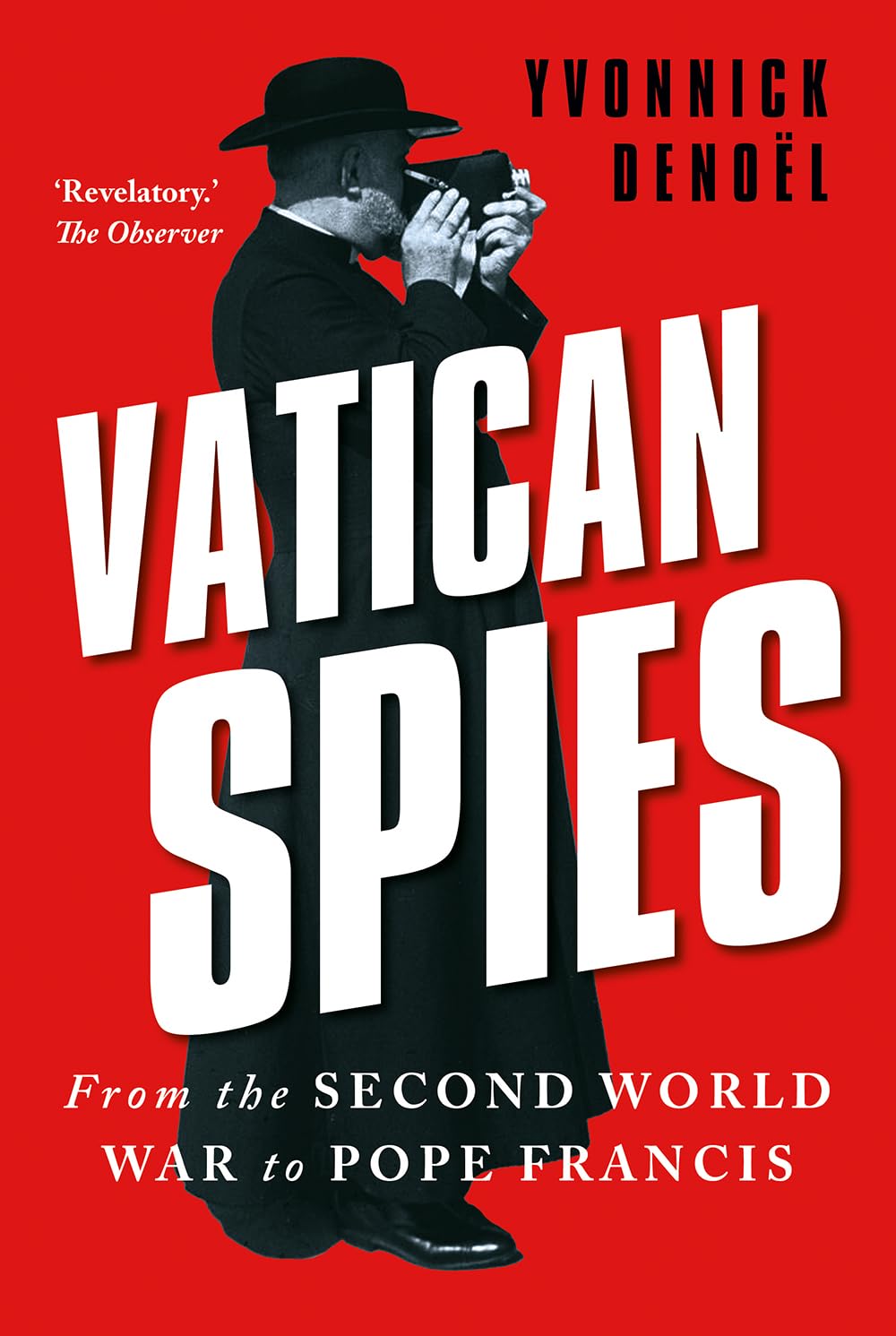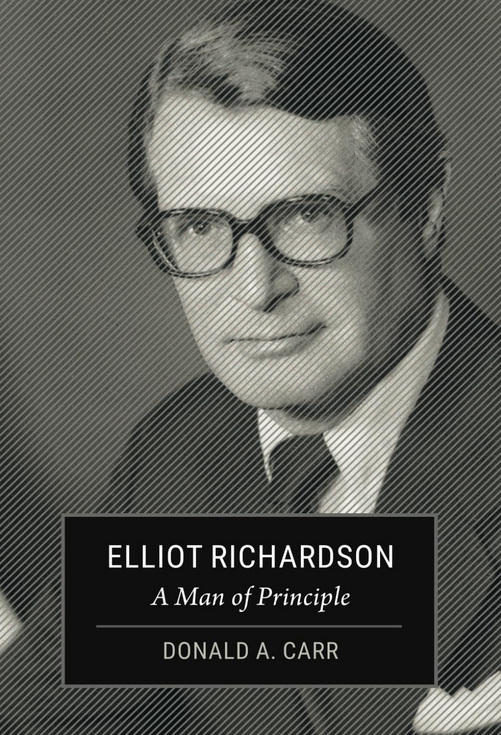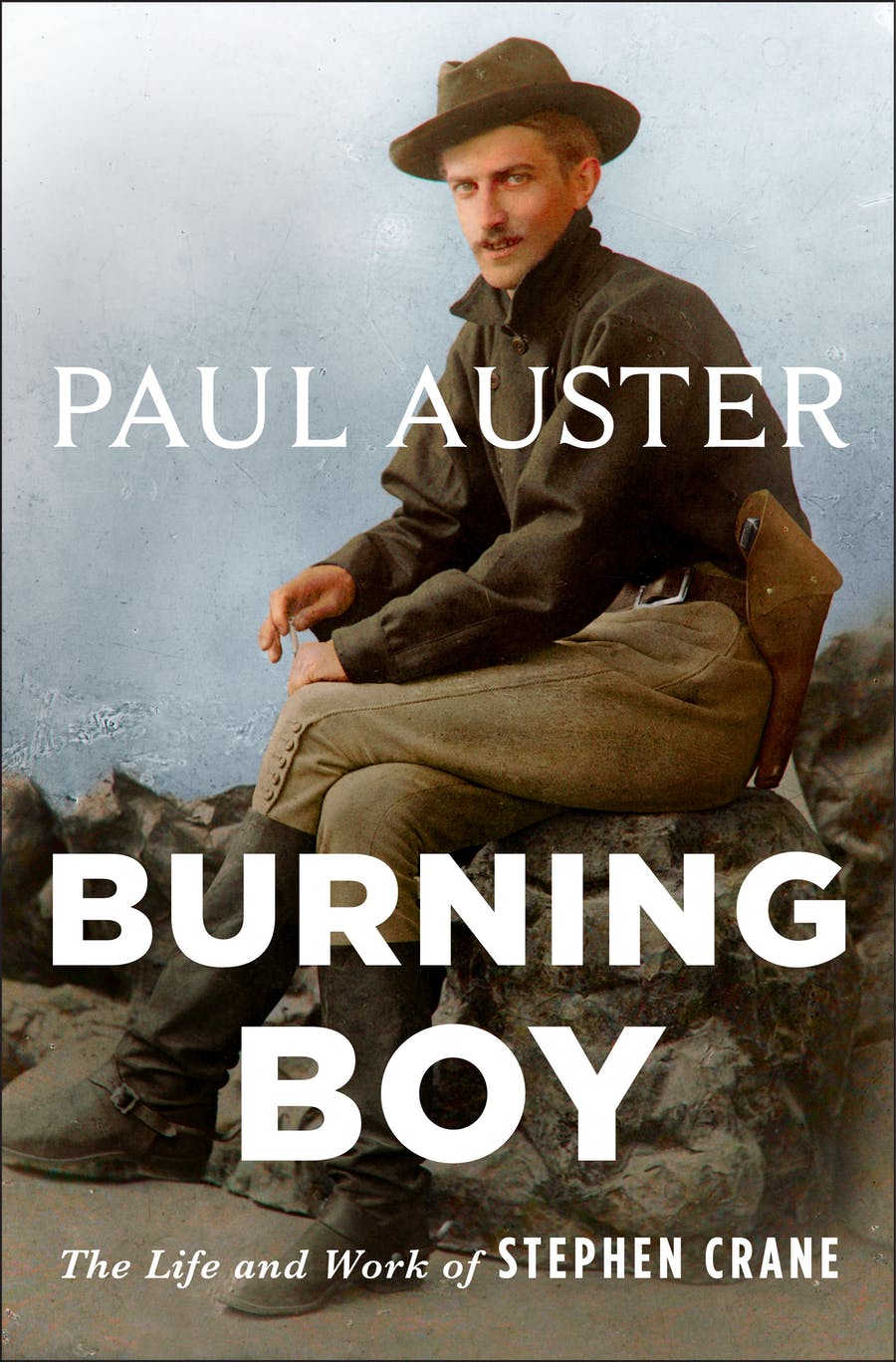Vatican Spies: From the Second World War to Pope Francis
- By Yvonnick Denoël; translated by Alan McKay
- Hurst
- 384 pp.
- Reviewed by Andrew M. Mayer
- March 21, 2025
The Holy See’s approach to intel has long been cloak-and-dagger.

In Vatican Spies, Yvonnick Denoël, a French historian, publisher, and intelligence expert, has taken full advantage of newly opened Vatican archives to chronicle the once largely unknown history of the Holy See’s “unofficial” intelligence service from the time of Pope Pius XII (1939-1958) to today.
While “security in the Catholic Church goes back a long way, at least to the 16th century,” he writes in his introduction, to understand the emergence of its more contemporary iteration, one must look at the Church’s history in the 20th century and the larger events that paralleled it. These include the pre-World War II Lateran Treaty signed between the Vatican and Mussolini; the development of somewhat normalized relations with Nazi Germany; and the Church’s longtime enmity with Communism that thawed via the secret negotiations first between Pope John XXIII (1958-1963) and Russia’s Nikita Khrushchev, and later — and more significantly — between Pope John Paul II (1978-2005) and Lech Wałęsa, who eventually brought democracy to Poland.
Denoël has read much of the same archival material as historian David I. Kertzer, who has written extensively (and critically) about the papacy of Popes Pius XI and XII. But Denoël defines more sympathetically than Kertzer why Pius XII was officially more neutral toward Hitler than was previously known. An example occurs early in Vatican Spies; after Mussolini was overthrown and arrested in July 1943 and the Allies advanced up the Italian boot, Hitler speaks to Gen. Karl Wolff:
“Hitler: ‘Now, Wolff, I’ve got a special mission for you of world importance and it’s a personal affair between you and me. You must never speak of it to anyone without my permission, with the exception of the supreme head of the SS [Himmler], who knows all about it. Understood?’
“Wolff: ‘Understood, my Führer.’
“Hitler: ‘I want you and your troops…to occupy the Vatican and the Vatican City as soon as possible. You are to seize the archives, the artistic treasures…and you are to take the Pope as well as the Curia for their protection so that they can’t fall into the hands of the Allies and exercise any political influence…we will decide whether to bring him here to Germany or take him to Liechtenstein, which is neutral.’”
Denoël shows how difficult it was for the pope to protect 1.3 billion Catholics worldwide both during WWII — when anti-Catholic bias was rampant in Germany — and throughout Stalin’s postwar reign in the Soviet Union. He also notes attempts by Pius XII to shelter Jews in monasteries and private villas during the 1943-1944 period when the Nazis occupied Rome and began deporting Italian Jews to Auschwitz.
Decades later, John Paul II, unique for being the sole Polish pontiff, managed to use Western intelligence to help elevate Solidarity from a minority underground trade movement in Poland to one of governmental control in the late 1980s under Wałęsa. (On December 9, 1990, Wałęsa, who would go on to be awarded the Nobel Peace Prize, became the first freely elected head of state in Poland in 63 years, and its first non-Communist leader in 45 years.)
While popes continue to utilize Western intelligence sources like the CIA and NATO, a shadowy timeline has existed since at least the late 1940s that saw the IOR (aka the Vatican Bank) employed to illegally transfer the accounts of wealthy Italians to Switzerland, Liechtenstein, and offshore. Additionally, over the decades, the Holy See has had dealings with various Eastern Bloc services (including the East German Stasi), as well as with entities like the Mafia and Opus Dei inside Italy proper. The likelihood that a sitting pope knew of these periodic scandals is high; it has been suggested that the unprecedented decision by Pope Benedict (2005-2013) to resign was related to his realization that he couldn’t control these matters.
Finally, the book examines the unsuccessful assassination attempt on John Paul II on May 19, 1981, by a 23-year-old Turkish hitman, Ali Ağca, in St. Peter’s Square. Denoël makes it clear that there’s no evidence Brezhnev or the USSR ordered the attack, despite rumors to the contrary.
As mentioned, David I. Kertzer has done monumental work in mining the Vatican archives for his seminal volumes, but Yvonnick Denoël is to be commended for going a step further. By capturing the lives of the popes since World War II, who live amid a milieu of secrecy and corruption, he illustrates why every conclave convened to select a new pontiff remains shrouded in mystery to this day.
Andrew M. Mayer is professor emeritus of humanities and history at the College of Staten Island/CUNY.

